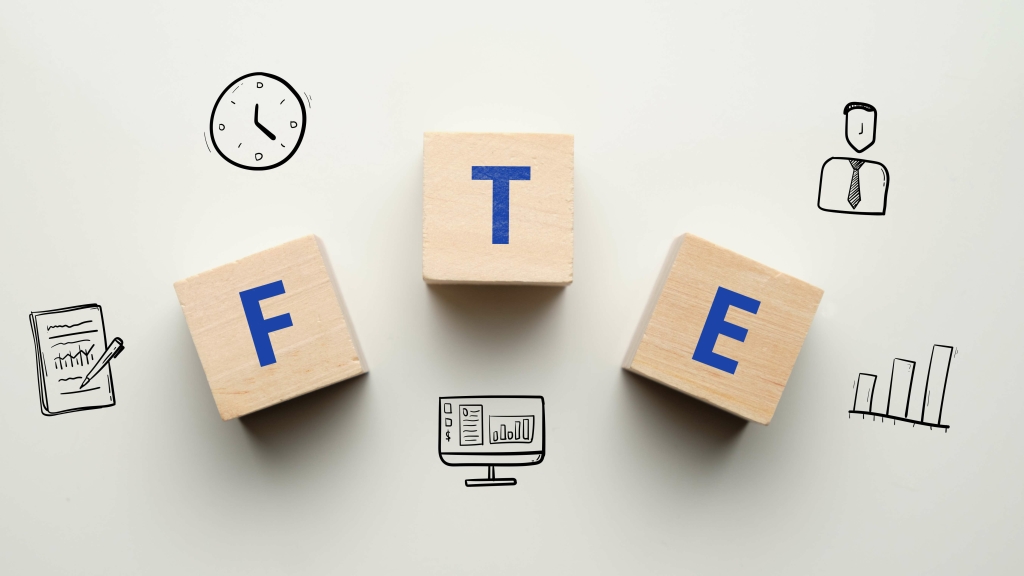What is a Purchase Journal? Example, Journal Entries, and Explained

In this example, all the items are assumed to be inventory purchases and some information has been omitted to simplify the example. The purchase of raw materials will impact the inventory balance and cash balance. The journal entry is debiting inventory $ 50,000 and credit cash $ 50,000. The transaction is the cash purchase in which accountants use petty cash to pay for office supplies. It can happen in daily operations when the company needs to buy urgent items that are not applicable to ask for credit. Sometimes the amount is very small so it is not necessary to request for credit term.
What is a Purchase Book?
It is a usual practice of many businesses that invoices are received one or two days later after the delivery of goods. Further, business activities are performed with the dispersed locations like the factory is situated on another place whereas the Head Office from where payment will be processed is another place. In cases where the goods supplied do not match the description or have quality issues or damage, the purchaser has to return them to the supplier. Then the supplier will issue a Credit Note document, which will be adjusted against the payments of goods in the future.
Recording Periods of Purchases Journals
When the time comes to create your annual budget, a purchase journal helps you estimate how much you’ll need in the coming year for various business expenses. This special journal is prepared for reducing the large of transactions in the general journals. And it is normally prepared only if the entity has a lot of purchases on credit transactions. A purchase journal is a special journal that uses to record all of the transactions related to purchases on credit. There credit entry is to the accounts payable control account in the general ledger, and represents the outstanding liability of the business to pay its suppliers.
Example of a Purchases Journal
Service companies need suppliers to assist them in their business operations. On the other hand, trading companies need suppliers for their wares as well as assistance with their operations. Welcome to AccountingJournalEntries.com, your ultimate resource for mastering journal entries in accounting. Enhance your accounting skills and knowledge with our comprehensive resources tailored for professionals and students alike.

Determination of Payment Method:
In other words, goods are the commodities that are purchased and sold in a business on a daily basis. Goods are denoted as ‘Purchases A/c’ when goods are purchased and ‘Sales A/c’ when they are sold. This will help to sort the purchases and to post relevant expenses into accurate ledgers accordingly. Credit purchase of current assets/Non current assets are not considered when recording in Purchase journal. Usually, debits have a left alignment in the https://www.zimerim1.co.il/what-is-the-operating-cycle-and-how-to-calculate-2/ entry field while credits are indented or aligned with the right side of the line.
- This allows students to see how for-profit companies make entries for credit acquisits, affecting ledger accounts and both first and final statements.
- In the periodic inventory system, the purchase returns and allowances are recorded into the purchase return and allowances account which is the contra account of the purchases account.
- The two primary sources of cash receipts are cash from cash sales and money from accounts receivable.
- When this happens, it is important to note the individual amounts of each product or service along with the invoice number for accurate tracking.
- Therefore, the meticulous recording and analysis of purchase amounts within Purchases Journal entries is fundamental for effective financial management and decision-making.

This aggregation reduces the number of entries needed in the general ledger, improving accounting efficiency. As mentioned above, under the perpetual inventory system, we record the purchase returns and allowances directly to the merchandise inventory account. Under the perpetual inventory system, we record the purchase returns and allowances by reducing them directly to the merchandise inventory account. This transaction will increase inventory in balance sheet, and it allows the company to withdraw material for manufacturing. At the same time, company record accounts payable which is the obligation to settle with the supplier in the future. Outsource Invoicing If the supplier does not send an invoice yet, ABC needs to accrue the balance based on the purchase order or agreement.
If you also make records of the debit from a spending account in a different journal, all of the information should match. This makes it easier to go back and compare transactions to make sure everything matches up in the case of an audit. The main information in the purchase journal includes the name of the entity, accounting period, date, suppliers’ accounts, invoices date, and payment terms. Each purchase invoice is recorded as a line item in the purchases journal as shown in the example below.

It is a contra account of purchases account; therefore, purchase return and allowances are recorded on the credit side. The Purchases Journal is a specialized accounting record used to track and record all purchases made by a company during a specific period of time. It is an important component of the double-entry bookkeeping system and provides a detailed breakdown of all purchases made by the company. A Purchases Journal in accounting is a specialized accounting record used to track credit purchases of merchandise, inventory, and other goods by a business. The purchase from Gus Grass would be recorded purchase journal in the accounts payable subsidiary ledger and the total would be recorded at the end on the period by posting directly to merchandise inventory and accounts payable. This means that cash purchases are not recorded in the purchase journal/ daybook.
- Once the purchasing department confirms that goods have been received, the invoice goes to accounts for payment.
- Small businesses with minimal credit purchases might not find it necessary.
- This makes it easier to go back and compare transactions to make sure everything matches up in the case of an audit.
- Thus the Accounts payable account debits as the liability gets settled with the corresponding credit to the cash accounts as there is the cash outflow to the vendor.
- On the other hand, trading companies need suppliers for their wares as well as assistance with their operations.
These examples highlight how inventory purchases impact a company’s accounting records, affecting both the balance sheet and cash flow, depending on whether the purchase was made in cash or on credit. At the end of the period, we would post the totals of $7,650 credit to cash, the $7,500 debit to accounts payable, and the $150 credit to merchandise inventory. The DR (debit) Other column would be handled a little differently as you need to look to the account column to find out where these individual amounts should be posted. In this case, we would post a $200 debit to merchandise inventory and a $300 debit to utility expense. Under the periodic inventory method, the July 6 shipping costs would go to a Transportation In account and the July 25 discount would go to Purchases Discounts.

Leave a Reply
Want to join the discussion?Feel free to contribute!